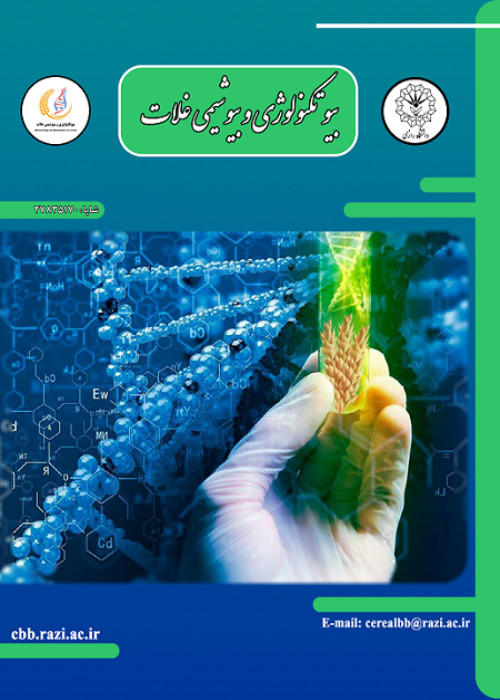The responses of some physiological characteristic in oat to nitrogen and water supplyafter anthesis
Oat is one of the most important plants in the cereals family. Oat grain is used for humans and livestock, and its forage is used for livestock. Iran is located in an arid and semi-arid region. The average annual rainfall in Iran is about one-third of the world average. Therefore, drought stress in Iran is the most critical environmental stress that limits the growth and yield of crops. Nitrogen is one of the essential nutrients for crops. In the world and Iran, nitrogen is used more than other fertilizers. Nitrogen uptake by the plants from the soil is accompanied by water. Therefore, drought stress interferes with nitrogen uptake. Accordingly, the present experiment aimed to investigate the effect of drought stress after anthesis and nitrogen amounts on the physiological characteristics of three oat cultivars.
The experiment was conducted as a split-plot factorial based on randomized complete blocks design with three replications at Research Farm of Razi University during 2013-14 cropping year. Post-anthesis moisture conditions (normal and stress) were considered as the main factor and the combination of two factors including oat cultivar (Potoroo, Quoll, and Brusher) and nitrogen supply (0, 25, 50, 75, and 100% nitrogen requirement for oat) as the sub-factor. Nitrogen levels were selected based on the soil test results and the nitrogen requirements of oat in the irrigated farm without drought stress. The source of nitrogen was urea fertilizer (containing 46% nitrogen).
The results showed that the moisture and nitrogen treatments significantly affected the studied physiological traits. According to the results, the post-anthesis drought stress led to a decrease in SPAD at anthesis and grain filling stages (12.5 and 30.6%, respectively), a decrease in FV/FM at anthesis (5.3%), an increase in stomatal resistance at anthesis and grain filling stages (94 and 77%, respectively), and an increase in grain protein content (2.3%). Supply 100% of the plant nitrogen requirement compared to 0% led to improvement of SPAD at anthesis and grain filling stages (63 and 64%, respectively), an increase in FV/FM at anthesis and grain filling stages (13.2 and 13.4%, respectively), an increase in stomatal resistance at anthesis and grain filling stages (163 and 148%, respectively), an increase in chlorophyll a and b (16 and 29%, respectively), reduction of chlorophyll a/b ratio (10%), and finally an increase in grain protein content (1.5%).
The physiological traits associated with the photosynthesis of oat plants can be improved by the proper supply of moisture and nitrogen.
- حق عضویت دریافتی صرف حمایت از نشریات عضو و نگهداری، تکمیل و توسعه مگیران میشود.
- پرداخت حق اشتراک و دانلود مقالات اجازه بازنشر آن در سایر رسانههای چاپی و دیجیتال را به کاربر نمیدهد.



